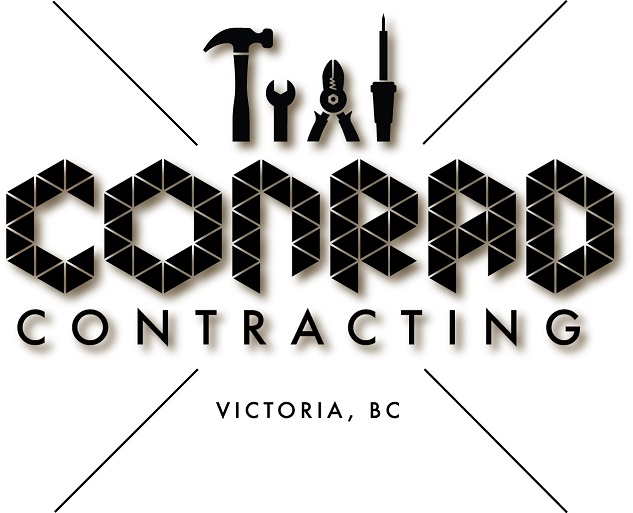What puts you in a good mood?
Task lighting done an an interesting way to create mood and to be able to work
Owners, contractors and designers are constantly looking for new answers to that question because they know that the right type of lighting and the right lighting "zones" can affect your mood the value of your home, tremendously, along with Color, decor and finishing
Creating the right mood with the right lighting, including natural lighting, is some what of an "art" but we hope to educate you a little bit so that you can create the mood that you desire for a comfortable home and ultimately a home with great resale value
Lighting
Lighting provides more than illumination - it complements furniture, architecture, and artwork; it saves energy; and it provides the finishing touch that brings a room to life.
With great lighting, even an ordinary room can look fabulous and can have a strong impact on making you feel comfortable.
In the living area of our Madrona Home renovation, we have used a combination of ambient and overhead lighting
There are three basic types of lighting: (1) task, (2) ambient, and (3) accent
Task lighting is used for areas where work takes place - such as reading, computing, or serving of food. It's achieved with fixtures that focus bright, direct light onto the work surface.
Ambient lighting is often called the "general light in the room" which provides a soft, comfortable level of light for watching television or having a conversation.
Accent lighting is decorative or accent lighting - it creates drama and mood. It's meant to draw the eye to a particular area or design element, such as a painting, sculpture, or architectural effect.
Another way to think of lighting in the typical room is as three "layers" - with task lighting and table lamps at eye height; with chandeliers or ceiling fixtures as providing ambient light; and with ceiling, track lights or pinpoint spotlights being decorative focal lights.
To successfully achieve these types of lighting requires part art, part science. The art is in creating the right ambiance, while the science is in selecting the right mix of lighting products - some decorative, some functional - from options that include chandeliers, pendants, ceiling mount fixtures, and sconces plus wall, desk, floor, and table lamps.
Remember that selecting the right products also means being aware of local electrical and energy codes.
The large open spaces, such as the living, kitchen or dining room, provide the greatest lighting challenges because they are usually used for many purposes - for eating, for computer work, for watching television, or for socializing with friends and family
As a result, there are different space "zones" - and different lighting is appropriate for each of these zones. For example, a gathering combination work area may need both ambient and task lighting, while a socializing zone may need ambient and accent lighting.
Task lighting in the shower for one of our projects
Bathroom, Vanity and Ensuite bedroom and bathroom lighting needs to have special attention, but are often neglected resulting in poor lighting. Ensuites, bathrooms and vanity's should feature seven types of lighting:
1. General ambient lighting for the room and bath, which sets the atmosphere plus provides proper lighting for safety and cleaning
2. Task lighting for reading in bed and working at the desk, preferably with a dimming feature
mirror lighting - perhaps even as part of a personal mirror - that provides sufficient face light in the bath or dressing area
3. Overhead lighting in the shower/bath area 4. Mirror lighting, perhaps even as part of a personal mirror that provides sufficient face light in the bathroom or walk in closet
5. Accent lighting such as with a sconce or spotlight that floods a particular area with special effect light
6. lighting inside or very near the closet
7. A subtle night light to help one find their way.
Two additional considerations related to lighting are shades and bulbs - shades are best in white or ivory off white, because too dark a color will significantly reduce their brightness, while bulbs can be increasingly fluorescent instead of incandescent because they use up to 75% less energy and can last five times longer. One can play around with these, as sometimes people do not want the starkness of fluorescent in their sleeping and washing areas
In summary, lighting is a relatively inexpensive way to add a significant design element during either new construction or renovation. When lighting is done right, the space feels right - and it's not an exaggeration to say that the quality of lighting defines the quality of a home
Remember we not only provide quality renovations, but design solutions too. So please do not hesitate to call us in respects to any lighting requirements or questions you have. (350) 508 - 6601



